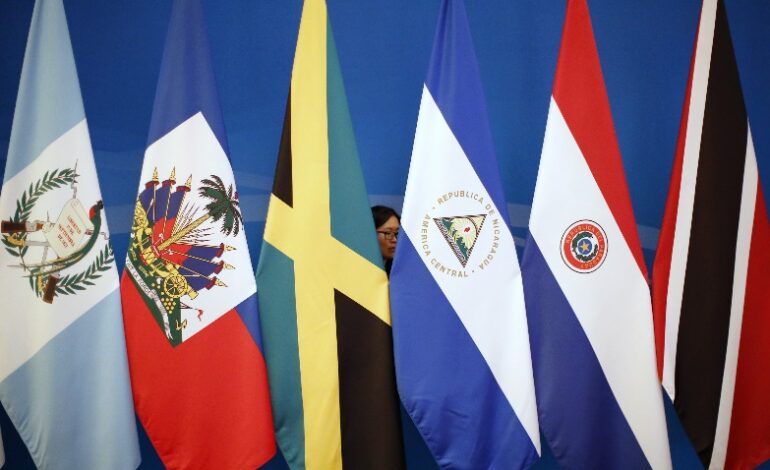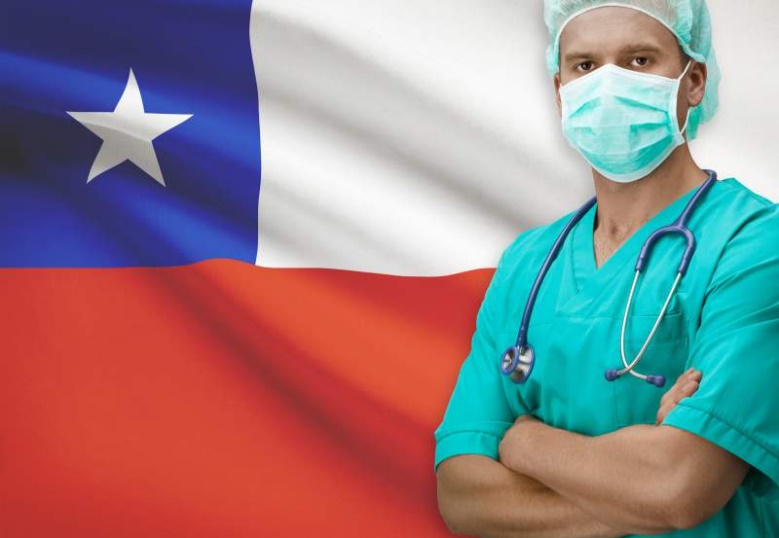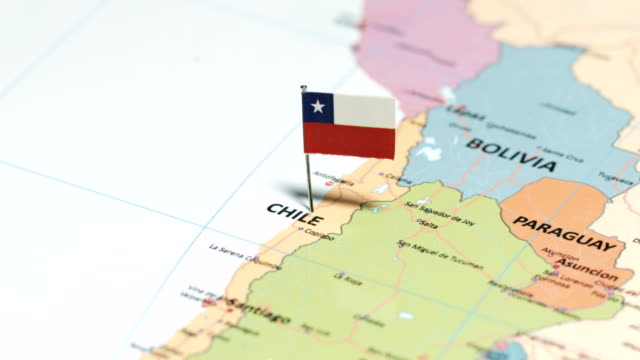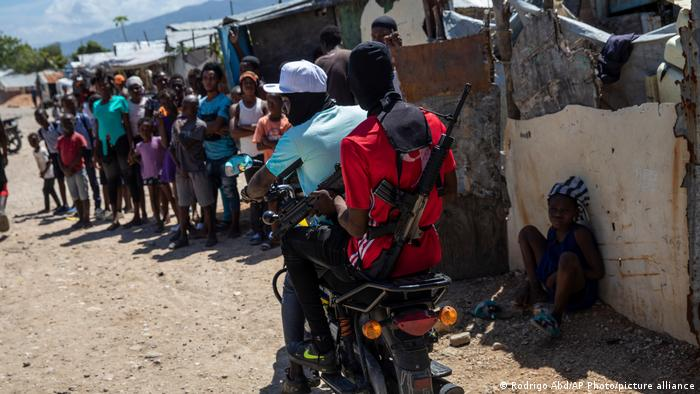
Avellon Williams
SANTIAGO, CHILE – According to a joint report by Amnesty International and the Center for Economic and Social Rights, Latin America and the Caribbean suffer from high COVID-19 mortality rates due to inequality.
Based on statistics covering the period from the start of the pandemic in 2020 to February of this year, the report released on Wednesday revealed that more than 1.6 million people in Latin America died as a consequence of COVID-19.

It means that Latin America accounted for nearly a third (28%) of COVID-19 deaths, even though only 8.4% of the world’s population lives there.
Amnesty researcher Diego Vazquez said, “The mortality rates from COVID-19 are high across the world, but in Latin America, the numbers are disproportionate compared to the population.”
The report cites “staggering inequality” as a cause of rising death rates, as well as low public health spending, meager social security, and historically low taxes.
According to the study, Peru had the highest mortality rate per capita among the 17 Latin American and Caribbean countries. Poverty and pre-existing medical conditions were identified as the major causes. In Brazil, racial discrimination and a lack of access to health facilities for minority groups and Indigenous people were identified as leading factors.
Despite there being no “one size fits all” solution, the report identifies inequality as a common “human rights crisis” in the region that must be addressed urgently to prevent a repeat.

Amnesty International exposed the pitfalls of Chile’s largely privatized healthcare system, which is only available to those who can afford it. Chile is one of the most prosperous countries in the region.
According to Vazquez, Chile holds the sixth highest COVID-19 death rate per capita behind Peru, Brazil, Colombia, Paraguay, and Mexico. Twenty percent of the countries richest have 10 times the country’s poorest, he said.
“The results aren’t what you would expect for Chile’s resources,” he said.
Orlando Cortes lives in the impoverished district of Lo Espejo, which is on the outskirts of Santiago, Chile’s capital. His description of the area describes it as a “red zone” ridden by unemployment, low education, and high crime rates related to narco-trafficking.

/Image,YM/
As a result of the pandemic, Cortes converted his home into a soup kitchen and provided meals to dozens of his struggling neighbours.
“We have no health rights here, we live a different reality,” he said, referring to high rates of COVID-19 deaths in the area. Last year, Cortes lost his brother to the virus, a moment that he described as abrupt and painful.
Amnesty presented the report to health officials from the Boric administration on Monday, noting the government’s commitment to human rights.

As a left-wing millennial elected in March, Boric promised to overhaul privatized sectors and increase public spending. As part of a $3.7bn economic recovery plan following the pandemic, the government announced it would raise the minimum wage from $424 (350,000 pesos) to $496 (400,000 pesos).
Furthermore, Boric’s agenda calls for dramatic changes to Chile’s health sector, including a universal healthcare system and strict regulation of private prices.
Bank of America warned, however, that spiraling inflation will be a major obstacle to Boric’s reforms.
In contrast, Amnesty International’s report urges Chile to increase public health spending from 4.7 percent of GDP to at least 6 percent. However, Vazquez admitted it was difficult. He said, “These are long-term objectives that will not be achieved overnight.”




